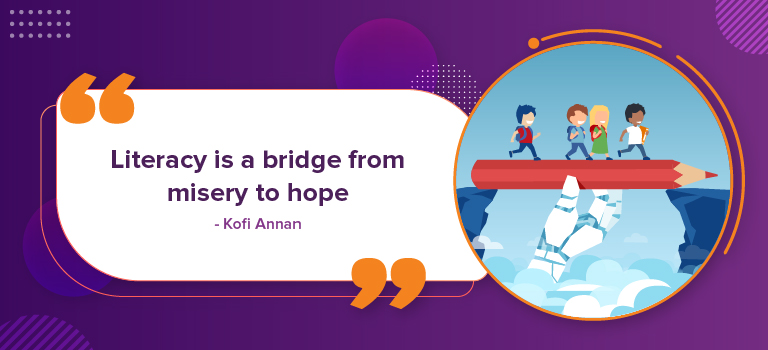
TABLE OF CONTENTS
1. SCO Film Festival 2. Nidhi Aapke Nikat 2.0 3. M-Sand Projects

Syllabus: GS 2, International Relations.
Mains: Important International institutions, agencies, and fora- their structure and mandate.
Prelims: SCO Film Festival.
Context: SCO Film Festival began in Mumbai.
Details:
- The Shanghai Cooperation Organization (SCO) Film Festival began at National Centre for the Performing Arts (NCPA), Mumbai on 27th January 2022.
- Ms. Hema Malini, a renowned Bollywood actress was the Guest of Honour in the Opening Ceremony of the festival.
- It was highlighted that the SCO Film Festival provides unique opportunities and astounding possibilities for filmmakers to network, pitch, cooperate, and experience the best from the world of cinema.
- The Film Festival is being organized to celebrate India’s Presidency at SCO. It will further display the diversity and various styles of filmmaking from the SCO region.
- Union Minister for Information and Broadcasting Mr. Anurag Thakur stated that this platform should be utilized to deliberate on major concerns of contemporary times such as accurately reflecting the realities of the present century and people, through cinema.
- In the context of cinema, it was highlighted that Cinema captures and chisels the Nation’s culture, heritage, legacy, dreams, aspirations, ambitions, and timeless tales of the country.
- It should be noted that India assumed the chairmanship of SCO on 17th September 2022.
- Nearly 58 films from 14 countries will be screened in the first edition of the SCO Film Festival. These films will be from both categories- Competition and Non-Competition.
Syllabus: GS 2, Polity and Governance.
Mains: Government policies and interventions.
Prelims: Nidhi Aapke Nikat programme.
Details:
- A revamped Nidhi Aapke Nikat programme was launched by the Employees’ Provident Fund Organisation (EPFO). It is a massive outreach programme for all districts of the country.
- The programme intends to reach all the districts of the country on the same day i.e. the 27th of every month.
- In this direction, EPFO organized camps in about 685 districts of India on 27th January 2023.
- The initiative was referred to as a new approach to service delivery that can go a long way in strengthening the relationship between the organization and its stakeholders.
Syllabus: GS 3, Economy.
Mains: Indian Economy and resources.
Prelims: M-Sand.
Context: Coal India will launch M-Sand projects.
Details:
- Coal India Limited (CIL) is set to Launch M-Sand Projects in a Big Way. It is estimated that CIL subsidiaries will commission five plants for M-sand by 2024.
- According to the Mines and Minerals (Development and Regulations) Act, 1957 (MMDR Act) sand is a “minor mineral”.
- Notably, the administrative control over minor minerals vests with the State Governments, and is thus regulated through State specific rules.
- As a consequence of high demand, regulated supply, and a complete ban on sand mining during monsoon, an alternative form of sand called Manufactured Sand(M-Sand) was proposed.
- Manufactured Sand (M-Sand) is either the crushed rock fines (crusher dust) or sand from the Overburden (OB) of coal mines.
- Overburden or OB is heaped dumps of fragmented rocks that are removed as waste during opencast mining of coal.
- Coal India Ltd (CIL) has envisaged processing the Overburden rocks for sand production in mines where OB material contains around 60% sandstone by volume.
- Manufactured Sand (M-Sand) is either the crushed rock fines (crusher dust) or sand from the Overburden (OB) of coal mines.
- M-Sand from the overburden of coal mines has several advantages like:
- It is more cost-effective than natural sand, as it can be produced in large quantities at a much lower cost.
- They have a consistent grain size and shape that is beneficial in construction.
- It can reduce the negative environmental effects and can repurpose otherwise considered waste products.
- It can also reduce water consumption because M-Sand does not require washing before use.
- M-Sand has better workability in construction activities due to its more angular and rougher surface.
- It can free the land occupied by OB dumps for other purposes.
- M-Sand recovery from the OB is the best out-of-waste product.
- It can generate additional revenue for coal companies.
- It would further result in lesser sand extraction from rivers thereby reducing channel bed and bank erosion.
- It would maintain the water table and protect the water habitat.
- CIL has prepared a Model Bid Document to expedite the process of installing the OB to Sand initiative. It is proposed that the successful bidder will have the liberty to decide the sale price and marketability of the sand produced.
- The five proposed plants will be set up in Ballarpur, Durgapur, Manikpur, Kathara, and Barora Areas.
Also read: The Mines and Minerals Development and Regulation Amendment Act, 2015 – An Overview [UPSC]
Read the previous PIB articles here.
January 27th, 2023, PIB:- Download PDF Here

Comments